
Source: Wikimedia Commons. A shell of the sea snail species Cymbiola vespertilio, the bat volute.
Photo taken by User:Haplochromis
How long am I going to live is, of course, an impossible question to answer precisely in most cases. However estimates about how long people with certain characteristics in common (like age, sex, postcodes and smoking habits for instance) are going to live are used for a wide range of purposes from future population estimates to annuity pricing to pension scheme funding.
Central to making any kind of estimate is working out how you think rates of mortality are going to change in the future. Based on the historical evidence over the last 100 years or more, all the models people use to make projections of future mortality rates in the UK involve them improving, but the consensus tends to end there.
There are several ways in which these projections can go wrong:
- Process or idiosyncratic risk, ie the risk of random fluctuations in mortality experience. The fewer people you have in your pension scheme, the more likely this is to be a big issue.
- Level or mis-estimation risk, ie you start from the wrong current position.
- Trend risk, ie risk of underestimating how much longevity will increase in the future.
Some also include another one:
- Catastrophe risk, ie the occurrence of an unknowable event with large consequences.
But what do these projections look like? Well, the most popular family of projections of future mortality improvements are generated by the CMI Projection Models, a new one of which comes out every year. Giving the rates of mortality improvements for each age in each year a colour produces something called a “heat map”. The colours get progressively “hotter”, moving from yellow to orange to red and then black as the rates of improvement increase, and “cooler” from yellow to green to blue and then purple, as the rates of improvement decrease and ultimately turn negative (ie worsening mortality). One version of this is shown below:
![100%S1PMA CMI_2012_M[2.00%]](http://momentumpublishing.co.uk/weknow0.co.uk/wp/wp-content/uploads/2014/03/CMI-heat-map-300x160.png)
100%S1PMA CMI_2012_M[2.00%]
Which as you can see is a considerable improvement on this (“cohort” adjustments of this type were used by most pensions actuaries only five years ago):

Source: CMI working paper 39: Actual and projected annual rates of mortality improvement for males: 1991-2005 – estimated actual rates for population of England & Wales; 2006 onwards – projected rates using ‘Medium Cohort_1.0% minimum’
However, in my view there is scope to go further.
One criticism which has been made by actuaries when using the core version of the CMI Projection Model is that the initial rates of improvements do not necessarily start to converge to the long term rate of improvement straight away, often diverging initially before starting a convergent path: these are displayed as little islands in the CMI heat map above.
Another potential criticism is that there are obviously many ways of creating a smooth transition to long term rates, but until now within the CMI model this required selecting the advanced features of the model. This allows much more flexibility over choice of:
- Base rates of mortality
- Initial rates of mortality improvement
- Long term rates of improvement that differ by age and year of birth
- Convergence, again by age and year of birth
However, selection of the advanced features brings its own problems in that it requires a further set of assumptions to be made for which, certainly within the framework of advising a trustee board of a pension scheme and particularly for small schemes with less data, it might be difficult to identify a convincing rationale. There also remains the problem that, even if a large set of additional assumptions can be agreed, it is often difficult to relate these to views held about what will impact future longevity improvements.
This begs the question of how you do go about introducing alternative projections. I think one answer to this may lie in a series of questions posed by Peter S Stevens in his book Patterns in Nature:
Why does nature appear to use only a few fundamental forms in so many different contexts? Why does the branching of trees resemble that of arteries and rivers? Why do crystal grains look like soap bubbles and the plates of a tortoise shell? Why do some fronds and fern tips look like spiral galaxies and hurricanes? Why do meandering rivers and meandering snakes look like the loop patterns in cables? Why do cracks in mud and markings on a giraffe arrange themselves like films in a froth of bubbles?
Patterns turn up again and again in seemingly unrelated areas in the natural world because, as D’Arcy Thompson pointed out long ago, those patterns are as much to do with the physics and chemistry of the world with which organisms are interacting as they are with their biology. It therefore seems reasonable to look at the mathematics underlying patterns which already exist in nature when considering what patterns might develop in future in, for instance, human mortality improvements.
I have chosen the mathematics underlying sea shell patterns, as explored by Hans Meinhardt and others.
By focusing on a graphical approach to setting future mortality improvement projections via heat maps, I believe that the particular features of any specific projection can be more readily linked to views about the impact of specific factors on longevity improvements. The method set out in a very short paper (The misbehaviour of mortality) I have just produced can be used for instance to turn this:
![100%S1PMA CMI_2012_M[2.00%]](http://momentumpublishing.co.uk/weknow0.co.uk/wp/wp-content/uploads/2014/03/CMI-heat-map-300x160.png)
100%S1PMA CMI_2012_M[2.00%]
Into this:
![100%S1PMA SSA_2012_M[220,0.4,23,1.5]](http://momentumpublishing.co.uk/weknow0.co.uk/wp/wp-content/uploads/2014/03/Sea-shell-heat-map-300x160.jpg)
100%S1PMA SSA_2012_M[220,0.4,23,1.5]
And by taking a path through the heat map like this:

We can compare shapes of mortality improvements projected for eg a man aged 63 this year like this:

As you can see a wide variety of shapes can be achieved using this method. It allows features of a given projection to be more easily related to views held about social change, medical advances, etc and their impact on longevity improvements in the short, medium and long term. In particular, it allows future projections to be discussed in more detail, but in a non-technical way. This differs from the current most common approach, which tends to focus solely on a long term rate.
I think this approach holds promise for generating patterns of future mortality projections. The advantages are:
- It avoids some of the problems associated with the CMI core projection model (eg “islands”).
- It also avoids the considerable number of additional assumptions which would need to be agreed before the advanced version of the CMI model could be applied. Instead there are only four additional assumptions, each of which has an easily communicated interpretation for a lay audience.
- It has an aesthetic appeal, building on a considerable body of work into patterns found elsewhere in nature, which have not, as far as I am aware, been exploited in any other area of actuarial science to date.
- It allows particular features of a given projection to be more easily related to views held about social change, medical advances etc and their impact on longevity improvements in the short, medium and long term.
There is a potential disadvantage in that the applicability of sea shell patterns to mortality improvements may well be questioned by some. However, mathematics has a long tradition of establishing links between areas where none seemed to exist previously. Perhaps this will be another one?

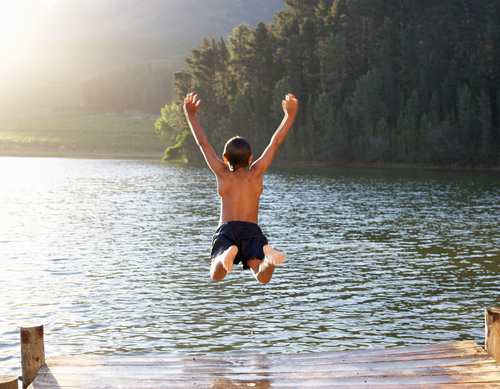
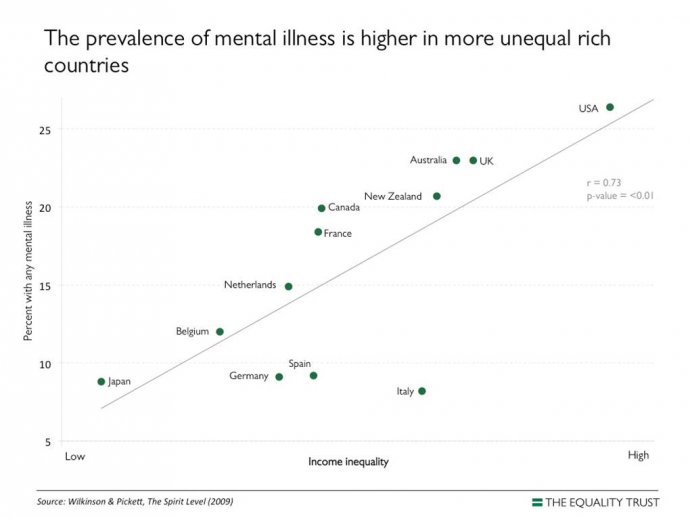
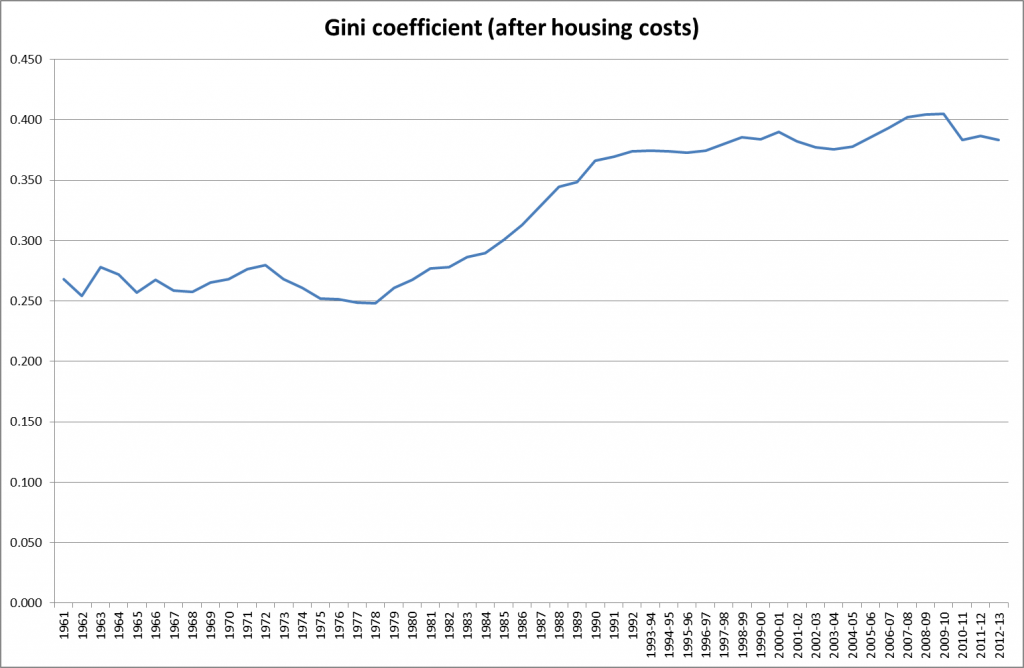
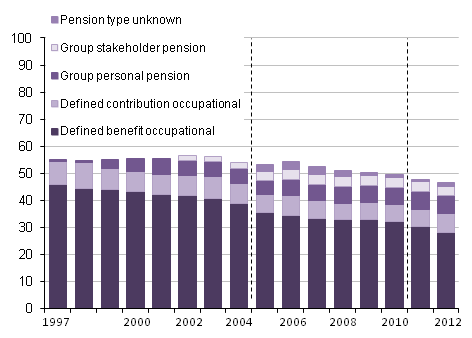
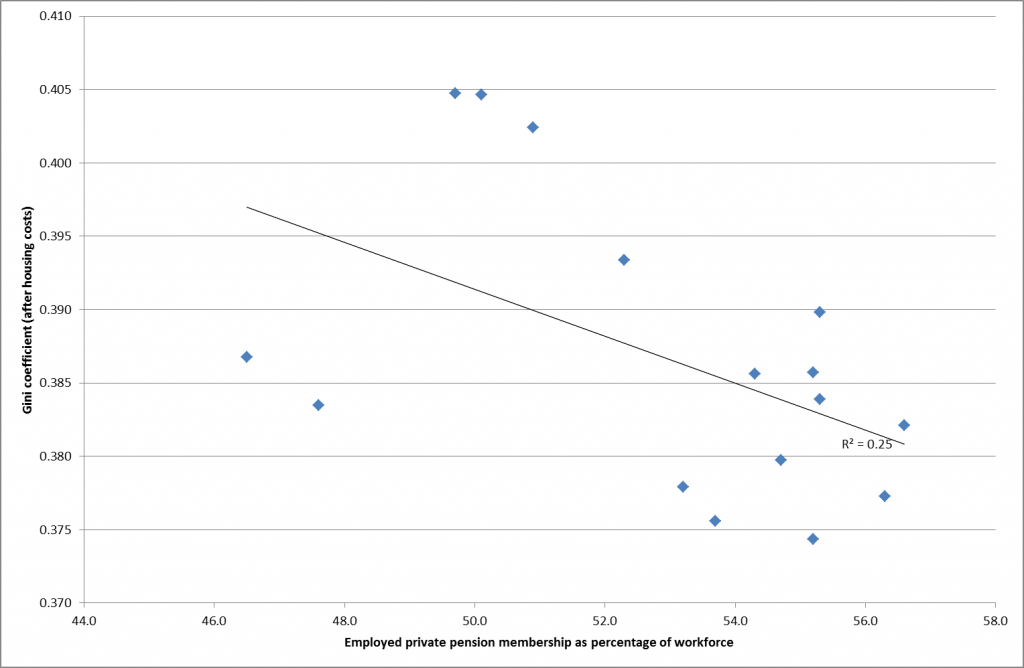
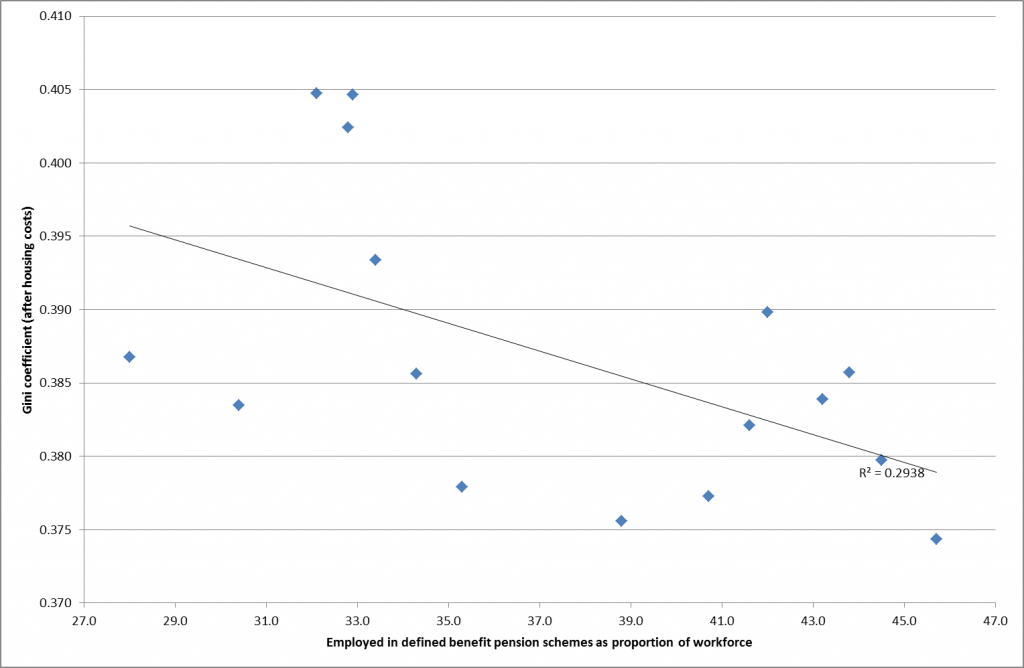

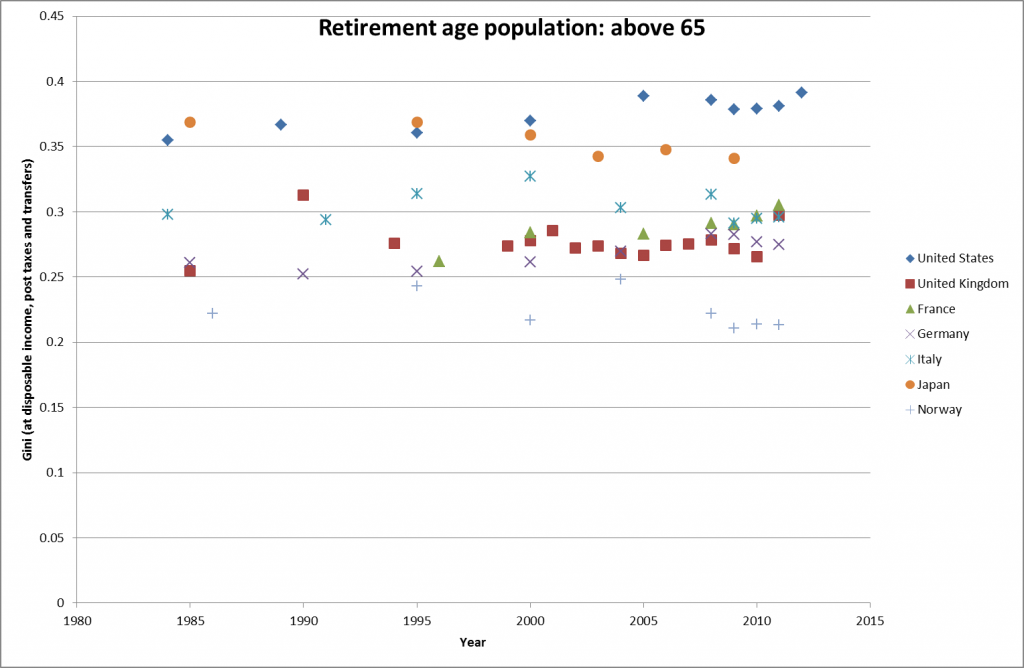
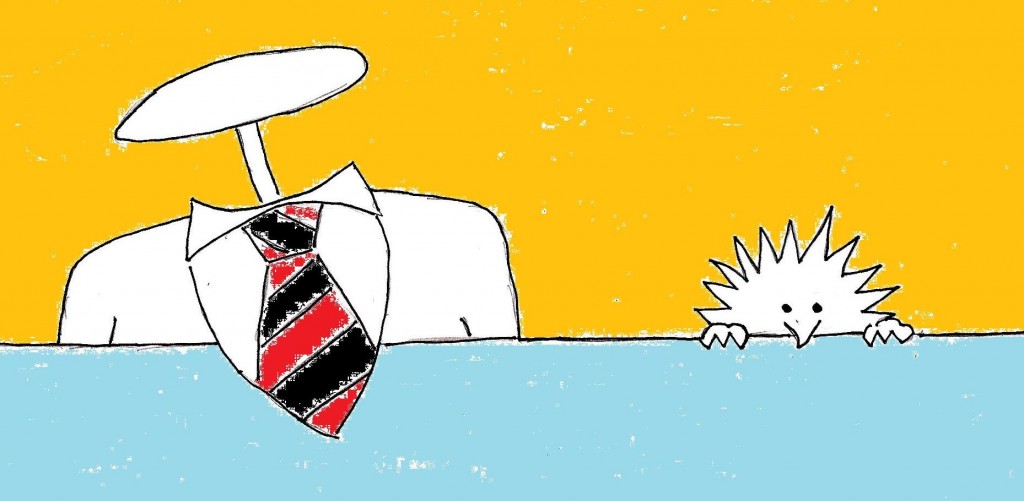







![100%S1PMA CMI_2012_M[2.00%]](http://momentumpublishing.co.uk/weknow0.co.uk/wp/wp-content/uploads/2014/03/CMI-heat-map-300x160.png)

![100%S1PMA SSA_2012_M[220,0.4,23,1.5]](http://momentumpublishing.co.uk/weknow0.co.uk/wp/wp-content/uploads/2014/03/Sea-shell-heat-map-300x160.jpg)

